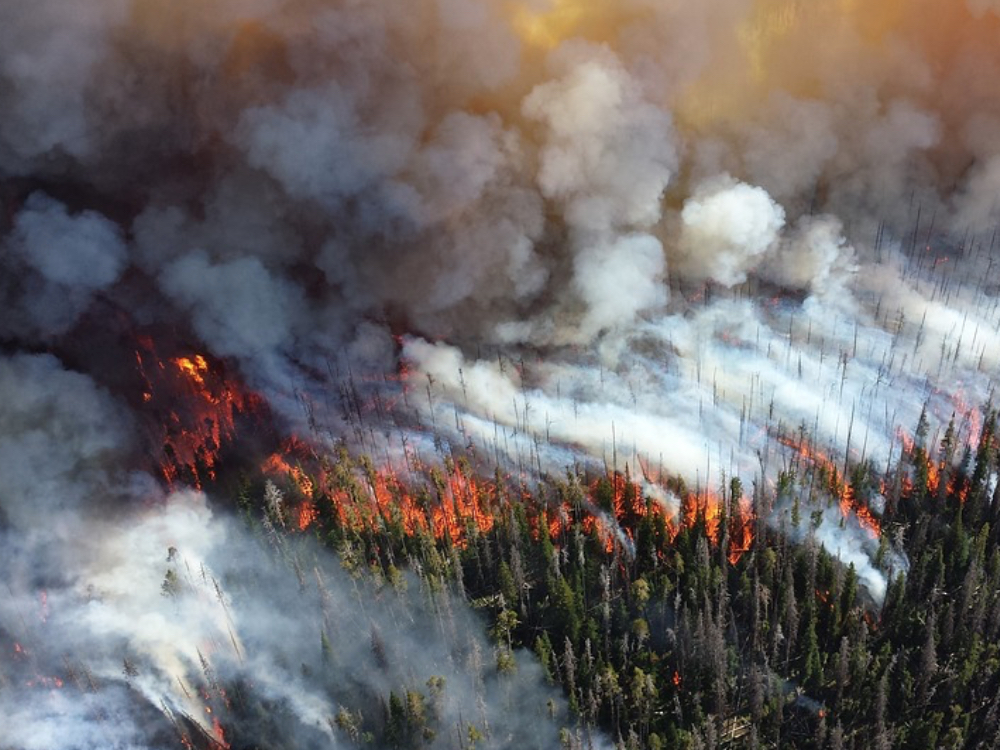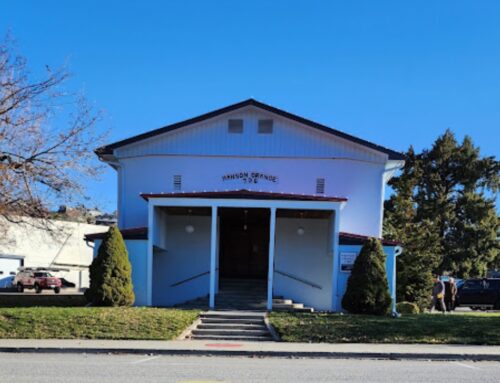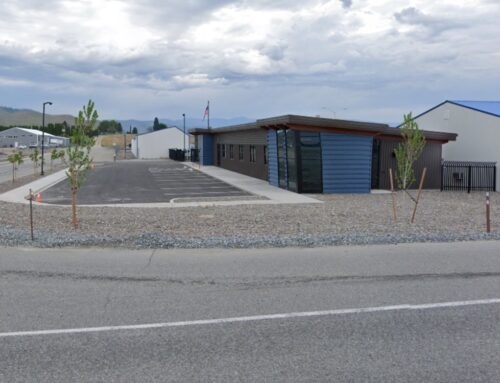Award will be used to create fuel breaks in one of the most fire-prone areas of Washington
information released by Washington State Department of Natural Resources
Efforts to reduce wildfire risk in Chelan County’s most fire-prone areas over the next five years will get a boost over the next five years thanks to $2.8 million in federal grant funding from the Natural Resource Conservation Service (NRCS) Regional Conservation Partnership Program (RCPP).
The funding will support the Fuel Break and Forest Resilience Partnership, which will be led by Cascadia Conservation District (CCD), Chelan County Public Utility District (PUD), and the Washington State Department of Natural Resources (DNR), in coordination with NRCS.
The program will help property owners in high-risk areas apply forest health treatments on their land, such as tree thinning and fuel reduction, to improve forest health and wildfire response. The project will prioritize properties that are identified by DNR for their potential to create high-priority fuel breaks.
“This project is a great example of the all-hands, all-lands approach required to successfully manage our forests, restore our natural resources and reduce the risk of catastrophic wildfires,” said Commissioner of Public Lands Hilary Franz, who leads DNR. “Collaborating with local organizations across the state is how we will address our forest health crisis. Fire does not respect property lines, so we must be proactive in creating defensible spaces that intersect public and private lands.”
Longstanding Partnerships
Under Franz’s leadership, more than 30 government agencies and outside organizations joined forces in 2017 to create the 20-Year Forest Health Strategic Plan with the goal of restoring 1.25 million acres of Washington forest lands by 2037.
The 20-Year Forest Health Strategic Plan identified the Wenatchee River watershed as one of the highest-priority areas for forest restoration and management efforts. The RCPP-funded project area includes a subset of the watershed: Lower Peshastin Creek, Derby Creek, Beaver Creek, Eagle Creek, Chumstick Creek, Lake Wenatchee, Lower Chiwawa River, Lower Nason Creek and Big Meadow Creek.
“This project is the culmination of years of coordinated planning efforts in which DNR, the U.S. Forest Service, and local fire districts identified the corridor from lower Peshastin up to Lake Wenatchee as being one of the most important areas in the entire state to take action on wildfire resilience and forest health,” said CCD Forest Program Manager Patrick Haggerty.
Chelan County is also one of the three counties chosen by DNR for Wildfire Ready Neighbors, a new program that connects residents with experts who can assist in protecting their homes and property from wildfire. Commissioner Franz visited Wenatchee on April 5 to kick off Wildfire Ready Neighbors.
“The issue of forest health and wildfire risk is much bigger than any one agency can tackle,” said Chelan PUD General Manager Steve Wright. “We are excited for the opportunity to expand the footprint of our tree-trimming program by collaborating with private landowners, Cascadia Conservation District and DNR. Together, we can really make a difference.”
The project will also target properties adjacent to 140 miles of overhead power lines in the project area, where Chelan PUD already spends $3 million per year to trim trees and clear vegetation. That spending will count toward the match for the awarded RCPP funding, which will provide direct financial resources to landowners.
“This partnership will allow us to be creative with cost-share programs between Cascadia, NRCS, and DNR to the point that cost should not be a barrier for any landowner who wants to participate,” said CCD Executive Director Ryan Williams. “We anticipate over 3,000 acres will be treated as part of this project over the next five years.”
Priority Actions
The Fuel Break and Forest Resiliency Partnership grant application made extensive use of data and analysis completed by DNR scientists and contained within DNR publications, including the 20-Year Forest Health Strategic Plan, the 2020 Washington Forest Action Plan and the 2020 Forest Health Assessment and Treatment Framework.
Chelan PUD and CCD also used analysis completed by DNR as part of the House Bill 1784 pilot project developed in 2020 to better identify and prioritize forest health treatments that also benefit wildfire response.
“We are excited that DNR’s work to identify private, forested land along potential control lines will be able to turn into action on the ground through this RCPP funding along with our landowner cost-share program,” said DNR Assistant Division Manager Jen Watkins, who oversees the Planning, Science and Monitoring arm of DNR’s Forest Health and Resiliency Division.
Williams said landowners can expect outreach from the partner organizations to begin this fall. For more information on the Fuel Break and Fire Resilience Partnership, contact Cascadia Conservation District at info@cascadiacd.org or call 509-436-1601.
Additional Resources
- Read the 20-Year Forest Health Strategic Plan: https://www.dnr.wa.gov/ForestHealthPlan
- Read the 2020 Washington Forest Action Plan: https://www.dnr.wa.gov/ForestActionPlan
- Read about Wildfire Ready Neighbors: https://wildfireready.dnr.wa.gov/
- Read about the Cascadia Conservation District: https://cascadiacd.org/ Read about the Chelan County PUD: https://www.chelanpud.org/about- us/newsroom








